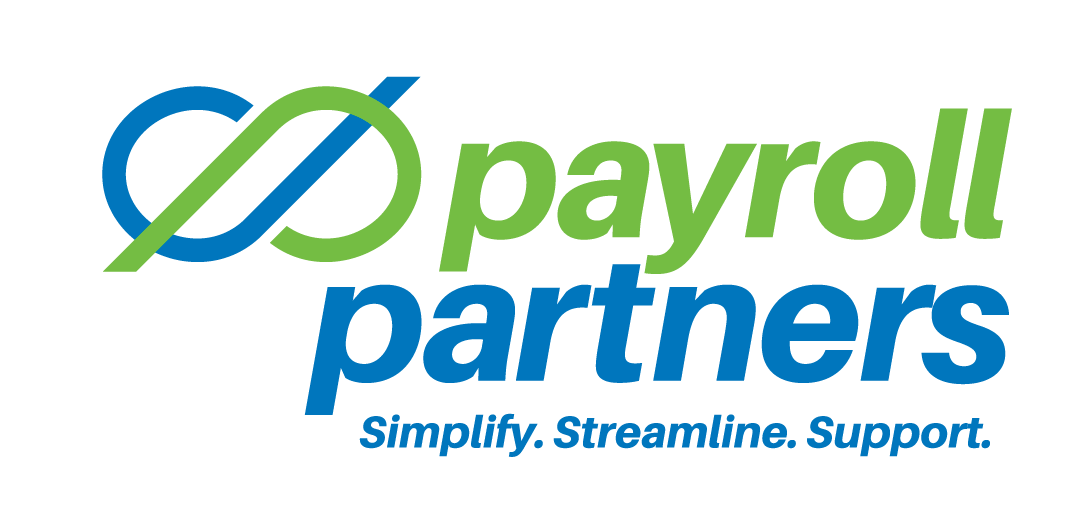20 Dec 7 Considerations When Preparing Your Payroll Budget
Most companies spend 20% to 30% of their annual revenue on payroll. The exact amount varies based on the employer’s size, industry, and staffing and operational needs. In some industries, such as service, it’s not uncommon for payroll to encompass up to 50% of revenue. For other industries, such as manufacturing and food and beverage, it usually takes up no more than 20% to 30%.
Your apportioned amount should be based on your payroll expenses from the previous year and your forecasted payroll needs for the next 12 months.
Here are seven items to consider when establishing your payroll budget:
- Salaries and wages
When budgeting for salaries and wages, verify the market rate for each position; employees’ skills, knowledge, experience levels and contributions; and projected pay increases or adjustments. Also, gauge the need for additional staff over the next 12 months, and estimate related salaries and wages.
- Employee benefits
Identify your mandatory benefits, like state-mandated paid sick leave, and your voluntary benefits, like holiday pay, vacation pay, health insurance, 401(k) plans and flexible spending accounts.
Determine which benefits you should offer over the next 12 months and which ones (if any) you should scrap. Don’t forget to consider the administrative costs of providing employee benefits.
- Incentive payments
These may include:
- Bonuses, such as sign-on, referral, retention and year-end bonuses.
- Commissions.
- Stock options.
- Spot awards.
Examine your incentive pay structures and determine what (if anything) needs to change.
- Overtime pay
If you require overtime, forecast the potential costs as accurately as possible. Note that if uncontrolled, overtime can eat up a sizable chunk of your payroll budget because it must be paid at 1.5 times the employee’s regular hourly rate.
- Payroll taxes
As an employer, you must pay your share of payroll taxes. On the federal side, there’s Social Security tax, Medicare tax and federal unemployment tax. Additionally, most employers must pay state unemployment tax. Depending on your jurisdiction, there may be other types of state payroll taxes along with local payroll taxes.
- Unemployment insurance and workers’ compensation insurance
If your employees lose their jobs through no fault of their own, you’ll be on the hook for unemployment benefits. Moreover, if they get hurt on the job, you’ll likely need to pay them workers’ compensation benefits. Your payroll budget should account for both of these insurances.
- Payroll administration
How much are you paying to administer payroll, and do you need to increase or scale back on spending? When answering the question, consider:
- How you process payroll. Is it more cost effective to do payroll in-house or to outsource payroll?
- How frequently you pay your employees. The more often you run payroll, the higher your payroll administration costs.
- Upgrade technology to automate manual payroll processes and reduce human errors.
Be sure to exercise caution when seeking ways to cut back on payroll costs. While you should remove any excesses, reductions should not be made at the expense of employee morale and retention.
This information is provided with the understanding that Payroll Partners is not rendering legal, human resources, or other professional advice or service. Professional advice on specific issues should be sought from a lawyer, HR consultant or other professional.


